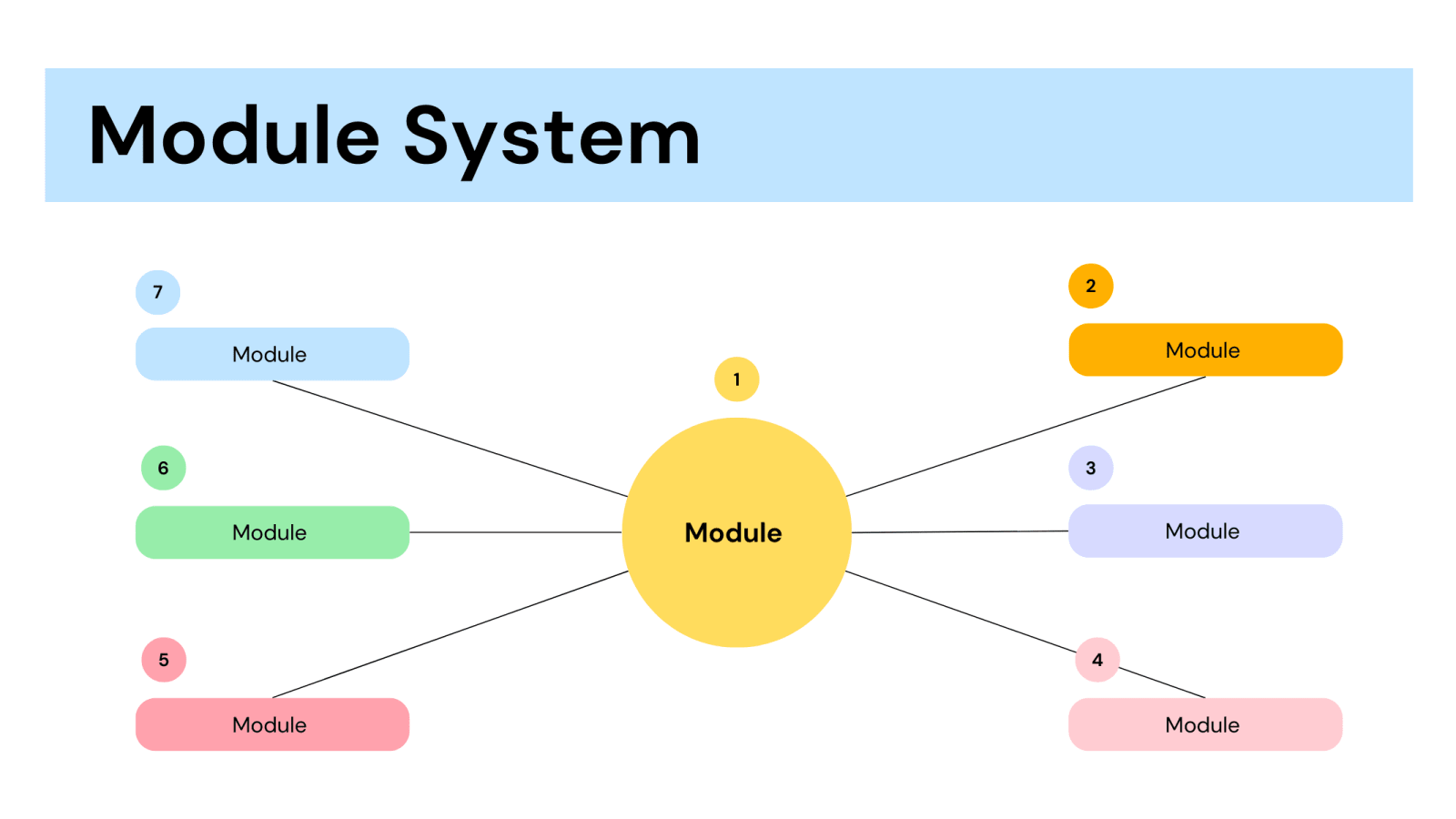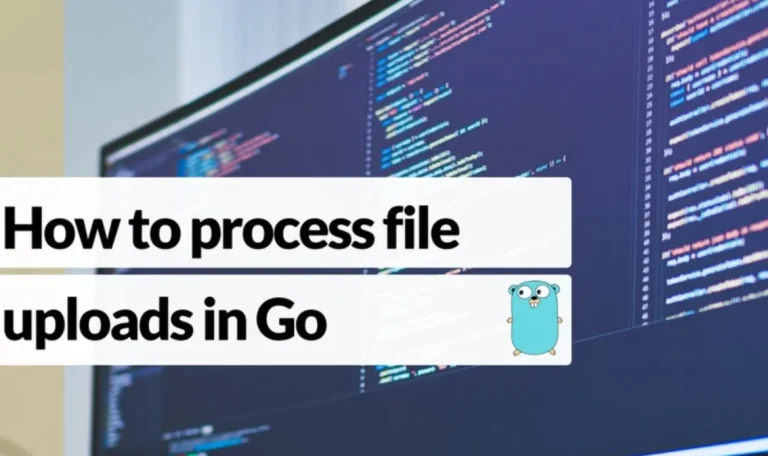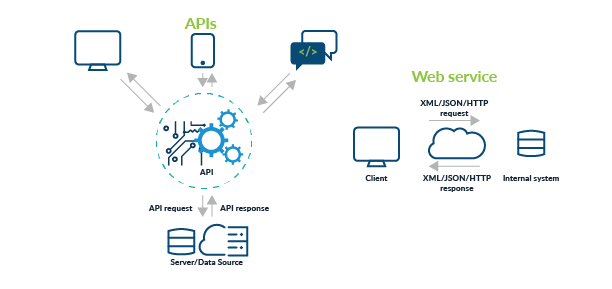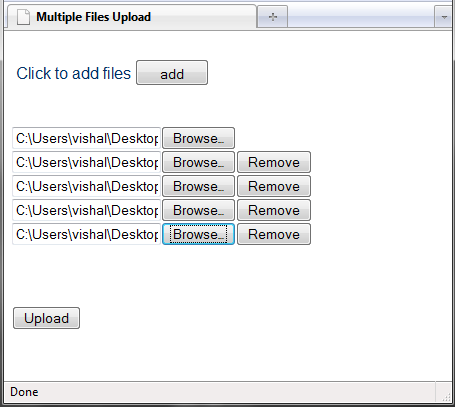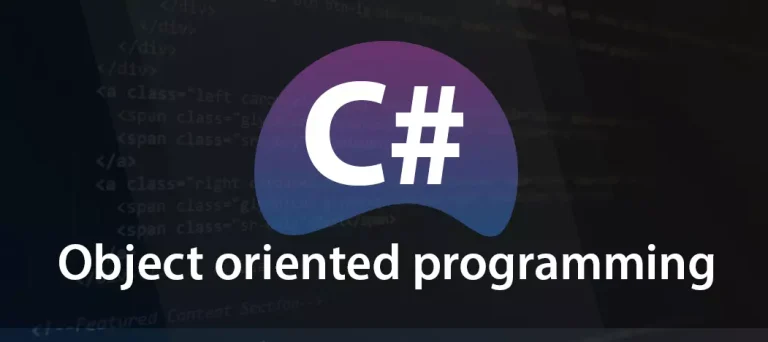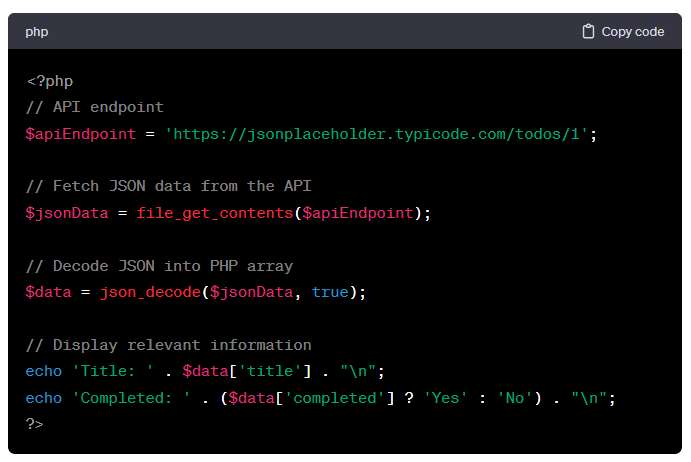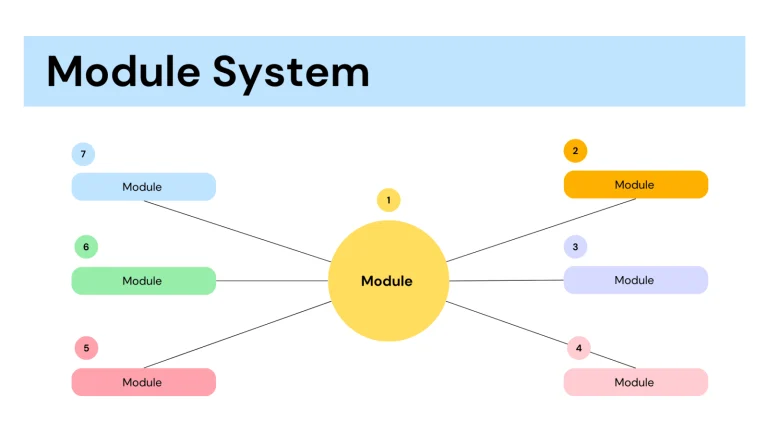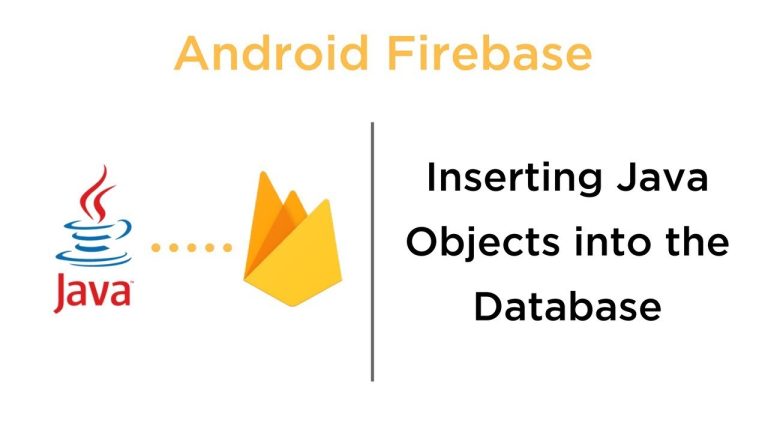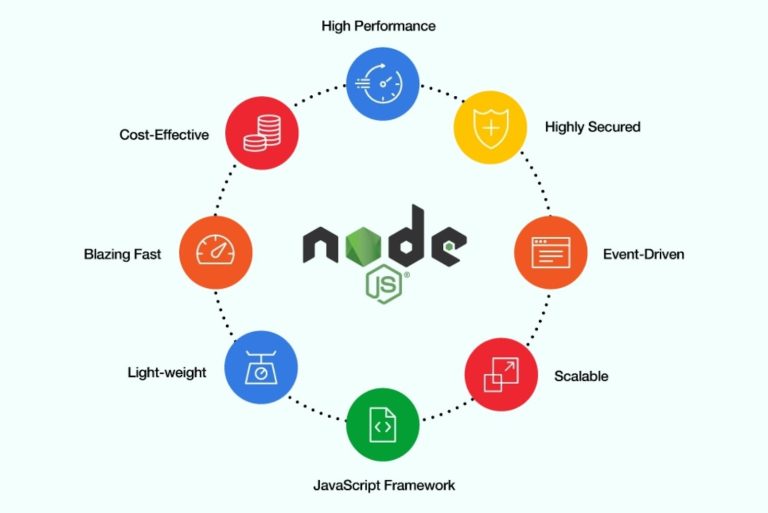Introduction
Python excels not only as a general-purpose programming language but also as a robust platform for creating web services. In this article, we’ll explore the fundamentals of building Python web services, from setting up a simple server to handling requests and responses.
1. Introduction to Web Services in Python:
- Web services are applications that communicate over the web using standard protocols. Python offers various frameworks for building web services, with Flask and Django being popular choices. Begin by understanding the role of web services in modern applications.
2. Setting Up a Basic Flask Web Service:
- Flask, a lightweight web framework, is an excellent choice for creating simple web services. Start by installing Flask and setting up a basic endpoint.
from flask import Flask
app = Flask(__name__)
@app.route('/')
def hello_world():
return 'Hello, World!'
if __name__ == '__main__':
app.run(debug=True)3. Handling Parameters and Request Methods:
- Extend your Flask web service to handle parameters in requests and different HTTP methods. This is crucial for creating dynamic and interactive APIs.
from flask import request
@app.route('/greet', methods=['GET'])
def greet():
name = request.args.get('name', 'Guest')
return f'Hello, {name}!'4. JSON Responses and RESTful Principles:
- Explore how to return JSON responses and adhere to RESTful principles. This includes structuring your endpoints logically and using appropriate HTTP methods.
from flask import jsonify
@app.route('/api/user/<int:user_id>', methods=['GET'])
def get_user(user_id):
# Retrieve user data
user_data = {'id': user_id, 'name': 'John Doe', 'email': '[email protected]'}
return jsonify(user_data)5. Error Handling and Exception Handling:
- Learn how to handle errors gracefully by implementing error routes and utilizing Flask’s exception handling capabilities. This ensures a smooth and informative experience for clients.
@app.errorhandler(404)
def not_found(error):
return jsonify({'error': 'Not Found'}), 4046. Securing Your Web Service:
- Implement basic security measures such as input validation, rate limiting, and securing sensitive data. Understand the importance of authentication and explore strategies like API keys.
7. Testing and Debugging:
- Write tests for your web service using tools like pytest. Additionally, leverage Flask’s debugging features to identify and fix issues efficiently during development.
8. Deployment Options:
- Explore various deployment options for your Python web service, ranging from traditional hosting solutions to cloud platforms like AWS, Azure, or Heroku. Choose the option that best fits your project requirements.
9. Building a Django Web Service:
- If your project demands a more comprehensive web framework, delve into Django for building feature-rich web services. Understand Django’s model-view-controller (MVC) architecture and ORM for database interactions.
10. Documenting Your Web Service:
– Conclude by discussing the importance of documentation for your web service. Tools like Swagger or ReDoc can help automate API documentation generation.
By following these steps, you’ll have a solid foundation for building and deploying Python web services. Whether you’re creating APIs for mobile apps, IoT devices, or other web applications, Python’s versatility makes it a powerful choice for web service development.

